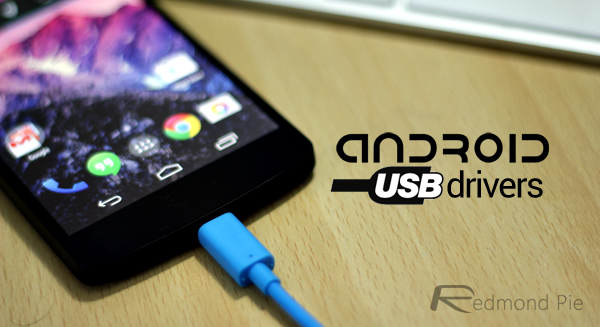Android, or the associated open source project (AOSP), are technically derivatives of Linux, and hence, they natively work with any Linux-based system without requiring extra configurations. This holds true for any Linux variant, and even OS X, too, which shares a common base. However, for Windows – the most widely used PC operating system – things are little different. In Microsoft’s operating environment, everything is about drivers. Any hardware component that you have attached to your system, it will require proper drivers to be configured, whether it’s an internal piece of hardware or a peripheral. It’s not like this is something unique to Windows; it’s just that the latter requires more third-party drivers than its counterparts, and that’s where Android users share the same woes.
The question does arise, why would you need USB drivers for your Android smartphone or tablet? And, if they’re so important, how come you haven’t had to install those for most of your devices? The answer to this can be multi-faceted. For one, it depends on which Windows version you’re using. In the later iterations of the operating system, Windows update can serve USB drivers for many Android devices from reputable OEMs (Original Equipment Manufacturers). Then, since most of these devices connect, by default, in USB (mass) storage mode, a generic driver can suffice. At still other times, you may have installed an accompanying PC suite or like for your handset, and that, in turn, would’ve set up the proper drivers, too. As I said, there can be various scenarios, each with its own explanation.
However, things play out a little differently when you connect your Android device in USB debugging mode, an essential requirement for application development in Windows, and for modding and customization of your phone or tablet. It also provides a bridge for ADB connection between the droid and the computer. In these scenarios, the automated solutions mentioned above might not always work, and for that reason, most OEMs provide configurable driver packages for Windows based setups, so that you can get your device connected and communicating with the PC in an easy manner.
Now, all of this is pretty neat and useful, but the problem that most users often face is, where to locate these drivers. Since they’re not something you would usually find yourself in need of, they’re more obscure to locate. Beyond this point, I am going to list down the Android USB drivers for Windows download links for several popular OEMs (ADB and Fastboot), so you may use this as a reference point for your future needs.
Please note that this list is not exhaustive, although it does cover the most common purveyors of Android devices. Also, these are not direct download links, but instead, may require you at times to perform a search for the driver for your specific device model. It should also be noted that if you’re using a Nexus series device, you require the Google USB driver, and not the one from the manufacturer of the device.
- Acer Android USB Driver
- Asus Android USB Driver
- Dell Android USB Driver
- Fujitsu Toshiba Android USB Driver
- Google USB Driver
- HTC Android USB Driver
- Huawei Android USB Driver
- Lenovo Android USB Driver
- LG Android USB Driver
- Motorola Android USB Driver
- Samsung Android USB Driver
- Sony Mobile Android USB Driver
Update x1: We have included driver links for the latest flagship Android smartphones, and they can be downloaded from the links which we’ve embedded below:
- Google Nexus 4, 5, 7, 10 Driver
- Sony Xperia Z2 USB Driver
- Samsung Galaxy S5 USB Driver
- LG G Pro 2 USB Driver
- HTC One M8
Apart from the above mentioned USB drivers, you can grab the fastboot drivers from the ever-popular XDA-Developers community.
Need something more? Found a link that we’ve got wrong? Leave a comment on our Facebook page.
You can follow us on Twitter, add us to your circle on Google+ or like our Facebook page to keep yourself updated on all the latest from Microsoft, Google, Apple and the web.



